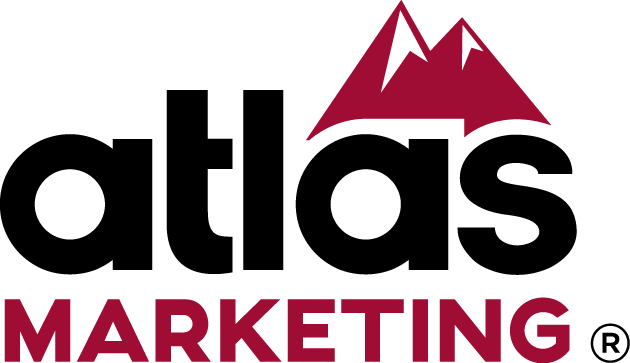Improve Communication Skills and Make Them Count

Communication skills are needed more than ever in business. The advent of texting and social media has made this skill a lost art.
Ever feel like you’re being talked at, as opposed to being talked to? In today’s world of social media “broadcast friends” (those folks that constantly post information, but you truly know nothing about) and the impersonal format of the Internet, it seems like information is flying around with no clear direction.
We all like to think we listen, but without being an active partner in the discussion, the conversation is pointless. Being an effective participant in a conversation means actively hearing what the other person has to say. It also means considering what they have said and using that part of the discussion to arrive at a positive outcome. In other words, making a connection.
Henry Ford is an example of a great connector. While he didn’t invent the automobile, he took an item that was out of reach for most people and made it available to the masses. As a result, he changed lives by making people mobile without a dependence on public transportation and he stimulated the economy by creating jobs. This was not a chance occurrence. Ford listened, engaged and connected with his audiences and the result was a transformation on a global level.
Listen
Listening is truly an art form. You may meet with clients or business partners, but are you really listening to what they have to say, or are you using the conversation as a way to get your point across? Without question, listening must be learned. We must be present and give consideration to what others say. A conversation works two ways and hearing the other person is critical to a meaningful dialog that they engage and connect with, but listening doesn’t have to be a face-to-face meeting. You can listen effectively with the help of social media, the Internet and the multitude of research tools available today.
Engage
The next step is a tangible exchange of information, or engaging with your audience. Whether it is words on paper or a screen, or thoughts you share verbally, this is where you respond to what you have heard. It is also your chance to show that you have heard the person you are speaking and you can help them. As with Henry Ford, strong engagement with an audience establishes solutions that connect with the end user. This means looking back at the listening phase of your conversation to determine the best way to engage with your audience. Paid, earned, shared or owned media (PESO) offer a full range of opportunities to effectively engage with an audience.
Connect
Connecting with an audience is the result of active listening and effectively engaging. A true connection requires flexibility. Messages reach audiences in different ways and connecting to each group you address is key to delivering said message. After listening to and engaging with an audience, the connection forms a bond. A strong connection requires keeping the other person’s end goal top of mind. The connection should be ongoing and can be achieved through traditional advertising, digital marketing and marketing communications
As you can see, this all comes full circle. You can’t connect with an audience you haven’t engaged with on some level. You can’t successfully engage an audience you haven’t actually taken the time to listen to. Each dovetails into the other and if you follow them in order, the result will be an effective exchange of information, which will further strengthen the relationship with your audience.
This article was previously written by Chris Martin and appeared in TEQ Magazine.
